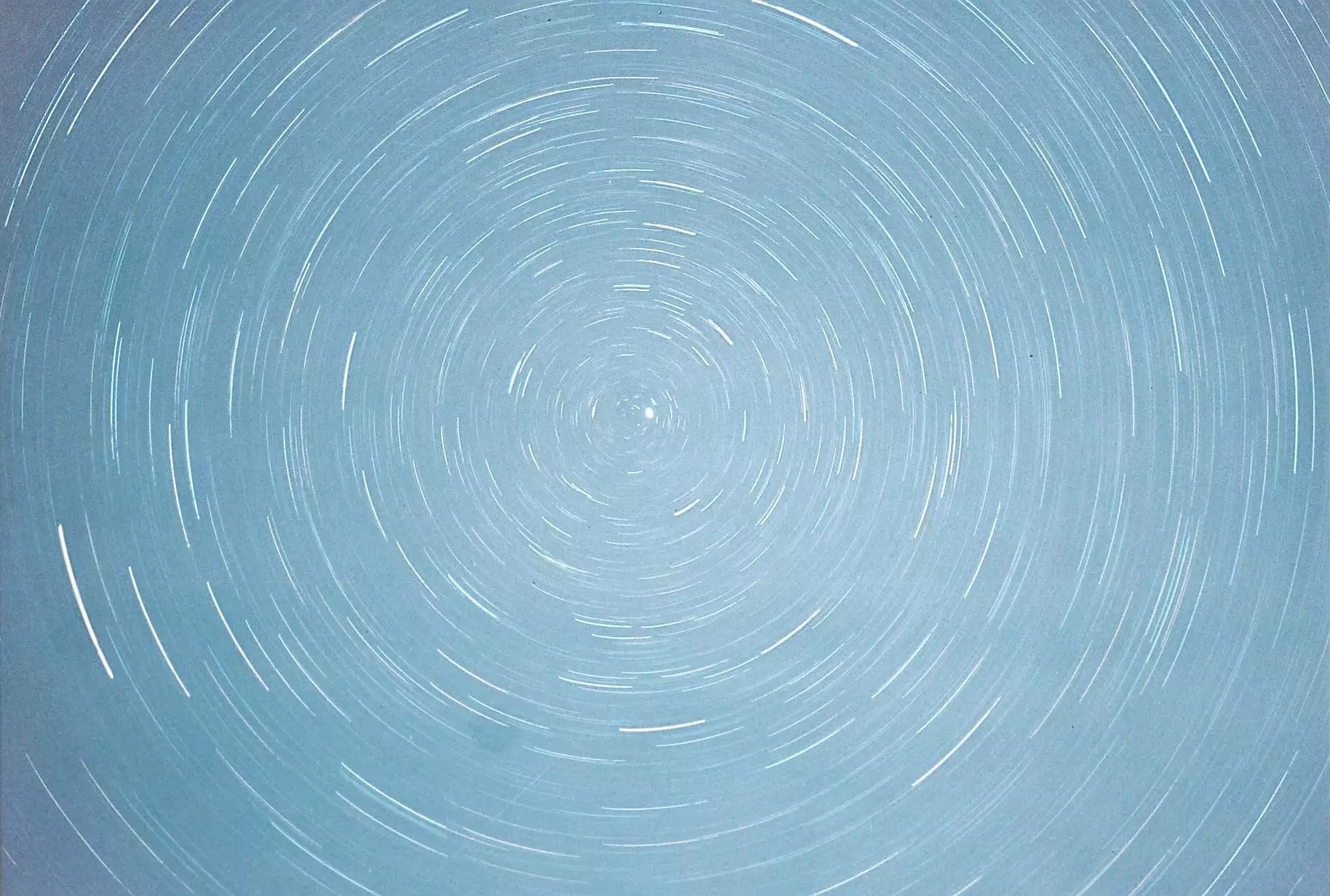Star Trails

“Dwell on the beauty of life. Watch the stars, and see yourself running with them.” ― Marcus Aurelius, Meditations
I can’t remember when i first got aware of the milky way and the sheer unimaginable amount of stars in it but there is this hazy image i have as a kid, when i was in a small harbor village in Turkey during a vacation. My mother and I were on a small street promenade with street vendors. She went ahead and looked at some wares from one of the street vendors. I walked to the street border and looked to the sea. My eyes landed on a small pumpkin field near the shore. It was a curious sight for me because at that time I only knew big pumpkins from movies. After a while, a local approached me but i didn’t understand him. He gesticulated towards the sky. I looked up and there were some shooting stars. The local was happy that i saw it and we looked towards the milky way together in hope to see more.
In retrospect, this was one of the very few moments i had were i could look upon the stars without much light pollution and appreciate it. If I think about it, it is sad that so much time went by until i saw it again and in general that there was only very few moments to begin with. The last time i saw the milky way was in August 2007 in the black forest. A friend of mine lived in an ecofriendly house with a grassy/mossy roof and we layed down on that roof to just gaze upon the stars. It is weird if you can’t make out the familiar constellations because of the sheer numbers of stars until you just totally immersed. Looking at the stars has something mysterious, beautiful and awe-inspiring in it. The vast infinity with the silent twinkling lights puts me back into a ground level where i don’t take myself so serious anymore. We are made of stardust and we will go back to it. Nevertheless, i think every stargazer asks the same questions: What is out there? Why are we here? Will we ever visit other planets and stars?
This year, I wanted to capture this moment but these days it is really difficult to find a place where the light pollution is small enough to see enough stars. And could i capture it at all? I knew the pictures of star trails and there a some photographers who really make beautiful pictures with analog film, however i wasn’t so sure that i could do it. This year i decided to give it a try to capture the Milky Way and the Perseid Meteors, one of the most active and brightest meteor showers every year in August. Not far away from Berlin is the Naturpark Westhavelland, which is one the few places in Germany with optimal stargazing conditions. It is protected from the International Dark Sky Association. Together with a friend, we went to the offical stargazing place in Nennhausen to watch the Perseids.


There were some things i had to take into consideration:
- Reciprocity Failure: each film has a different value and some are better suited for low light then other.
- Speed of film: A higher speed film (400 ISO Minimum) is needed for pictures of the milky way, a lower speed film is better for Long Exposures for star trails.
- a fast lens. I took my 50mm Auto Revuenon lens which has an aperture of 1.9, so more light could be caught
- number of cameras: there are not many opportunities for change with long exposures of over 1 hour
- the phase of the moon: luckily the new moon was not long ago and the moon vanished really fast. Otherwise the brightness of the moon would have outshined everything else.
- weather: A clear night with low humidity would be optimal. We had still some clouds but most of the time we were lucky. Clouds change the appearance of star trails and most likely appear as irregular dotted lines rather then straight lines
In the end i decided to try two cameras. One Polaroid camera and my Exakta camera with a Kodak Ektar 100 film (the other option would have been an Ilford Delta 3200 film, but i wanted color). I don’t have an expensive star tracking system or special equipment, so i thought star trails would be better beginner approach. I exposed for 1:30 to 2:00 hours. Unfortunatly, the polaroids became just blanks. On one is a small star trail streak but nothing else. I was afraid the pictures from the Kodak film would be blanks as well, but i was really surpised how good they were.
I think i will try with Ilford Delta 3200 next for just milky way pictures. On the otherhand there is Dracnid Meteor Shower on the night from 8th to 9th October. Hm we will see…

